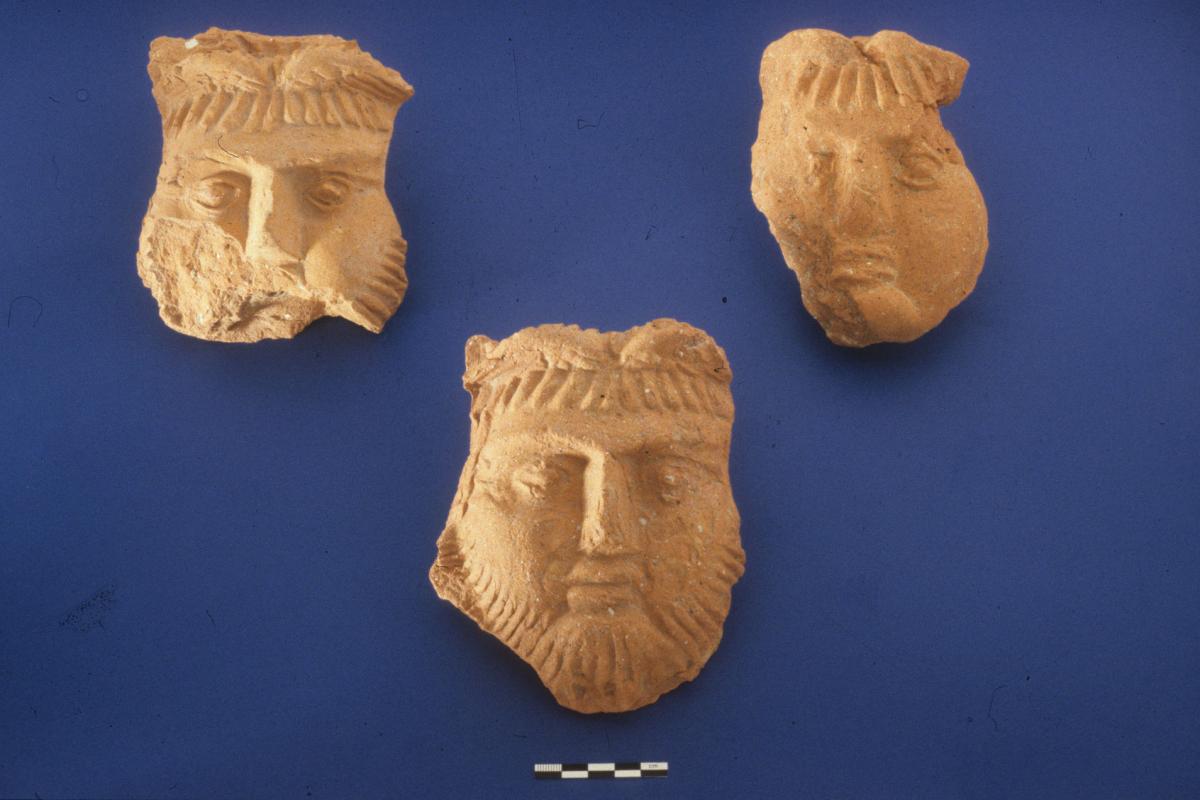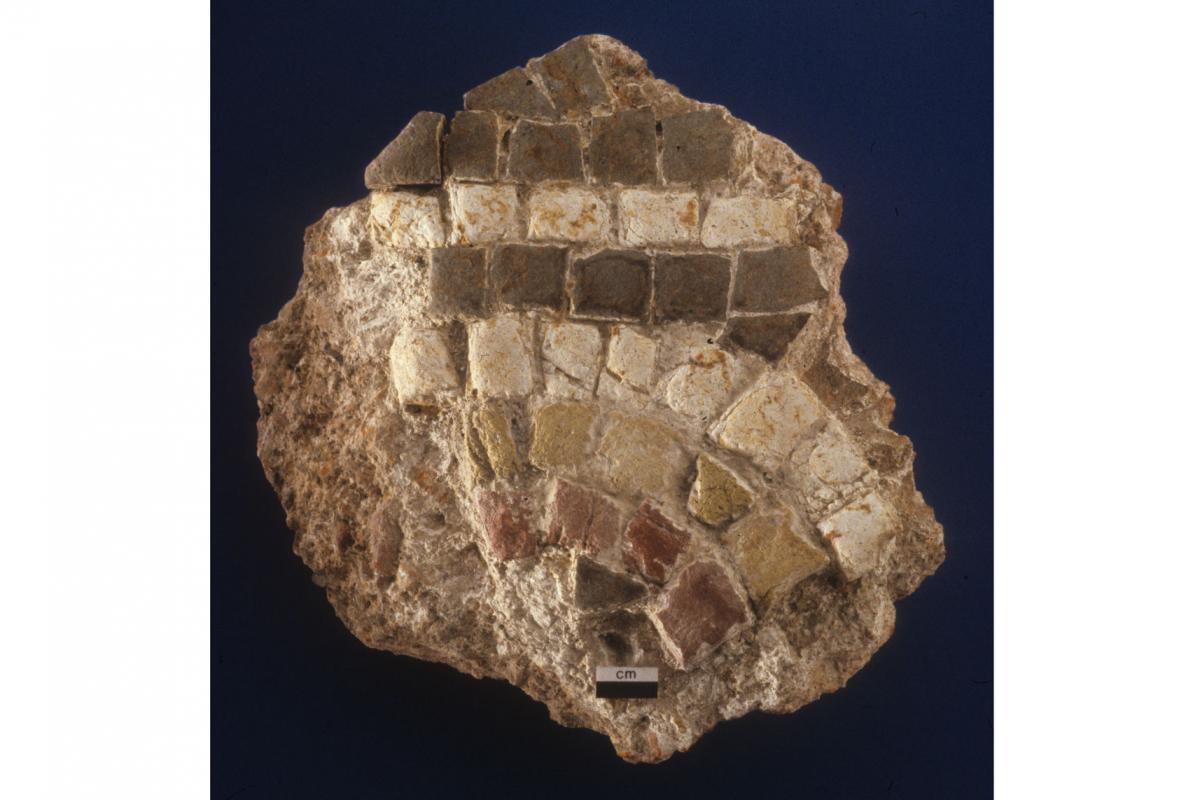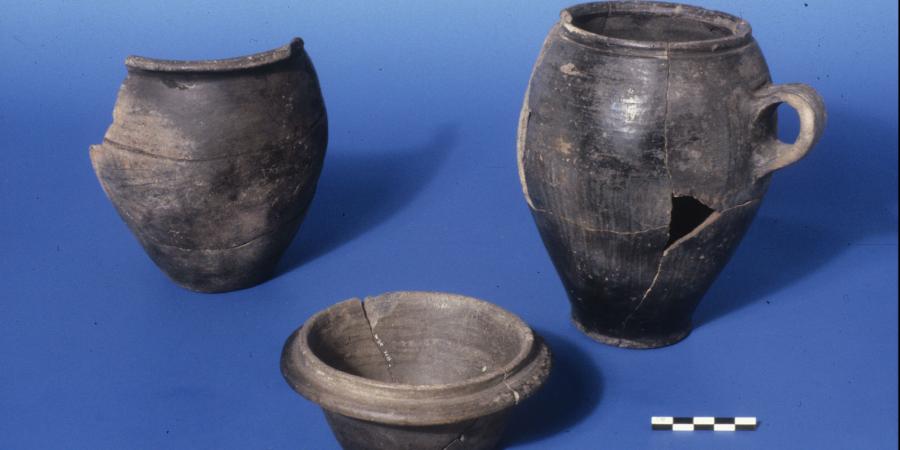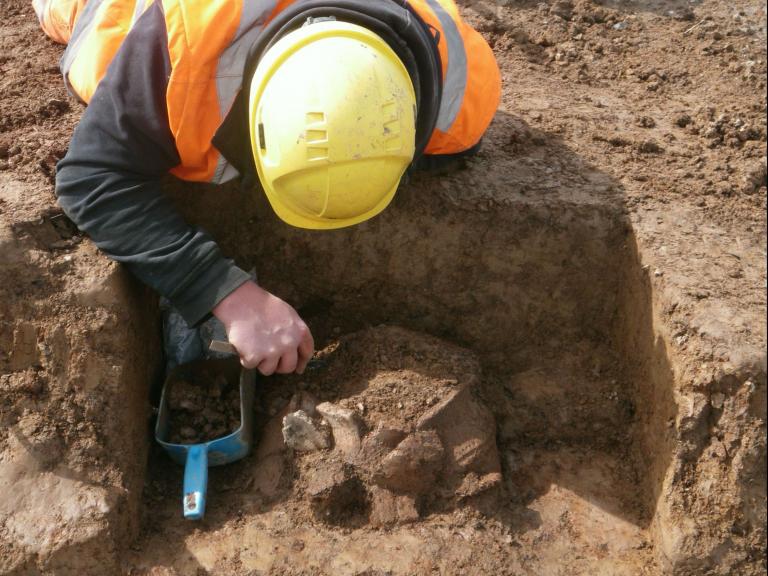50.7132347, -2.4547079
The results of two relatively small scale, yet highly productive excavations on a site in central Dorchester in 1989 and 1990, undertaken for West Dorset District Council and MEPC Developments Ltd, are now available. The work was carried out in association with the construction of the major Wessex Court retail development, which coincided with the south-western part of the Roman town of Durnovaria − the forerunner to modern Dorchester. These reports were written soon after the excavations but could not be published at the time. They have been edited and a little updating has been undertaken. The archives are stored at the Dorset County Museum, Dorchester.
Pre-dating the foundation of the Roman town by almost three thousand years, the first significant indications of human activity in what is now Dorchester are the pits of the massive Late Neolithic post-alignment or stockade, constructed between 2920 and 2340 BC. First discovered during investigations at nearby Church Street, the post-pits were more thoroughly investigated during a series of excavations at the neighbouring Greyhound Yard site in 1984−6. On the basis of these earlier excavations, the broad arc of the pit alignment had been projected to form a large circular enclosure, perhaps 300 m in diameter. The Wessex Court excavations, however, revealed that the configuration of this enigmatic monument was somewhat less regular than was previously supposed. Whilst its precise function remains uncertain, the scale of the monument, both of the alignment as a whole and of the individual post-pits, clearly signifies that this was a site of considerable importance during the Late Neolithic. The lifetime of the monument was relatively short such that, by the Early Bronze Age, the land was used only for arable farming. The area continued to be used for agriculture, although latterly predominantly as pasture, until the establishment of the Roman town in the 1st century AD.


The Wessex Court excavations also provided a substantial body of evidence relating to the development of this part of the Roman town and the lives of its inhabitants. The work revealed the remains of several early Roman timber buildings, which were subsequently replaced by stone-built structures during the latter part of the period. Other Roman features uncovered during the investigations included pits, wells, infant burials, a Roman road and the early town defences. The excavations also yielded an abundance of Roman finds, including painted wall plaster and other architectural material, worked bone and shale objects, fragments of glass vessels, metalwork including coins and pieces of jewelry, a very large assemblage of animal bone and over 30,000 sherds of pottery. Evidence of post-Roman activity on the Wessex Court site was extremely limited, as seen during excavations in other parts of Dorchester. One activity which did take place at this time, however, was the robbing of stone from the walls of the increasingly derelict Roman buildings, presumably to provide material for construction elsewhere.
The articles detailing the full results of the investigations represent an important addition to the corpus of published excavations in Dorchester, and are available to download below.

